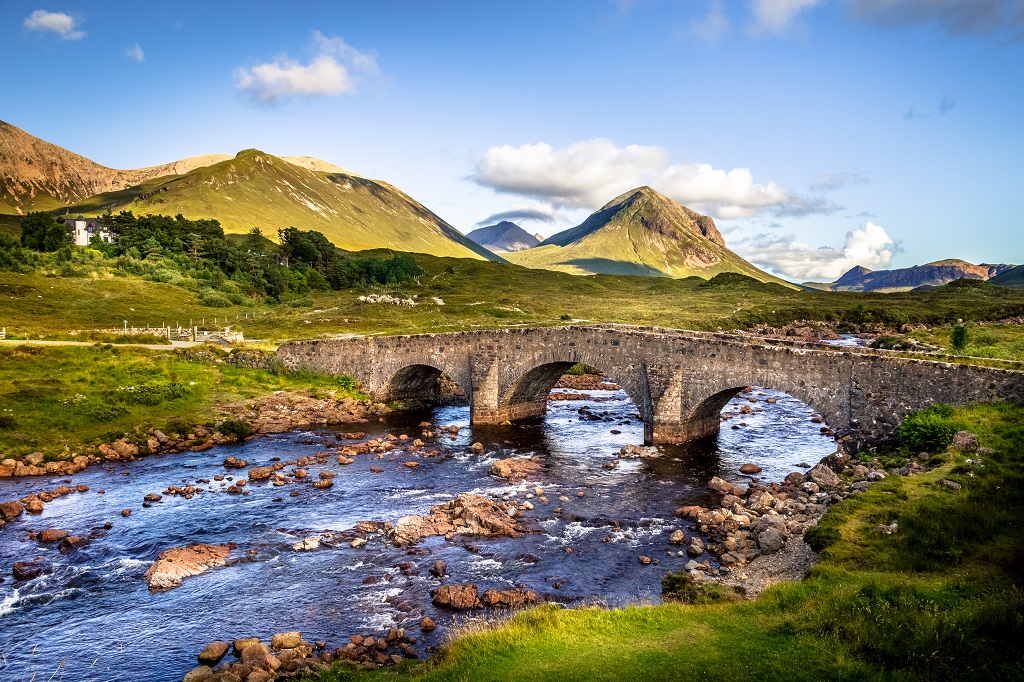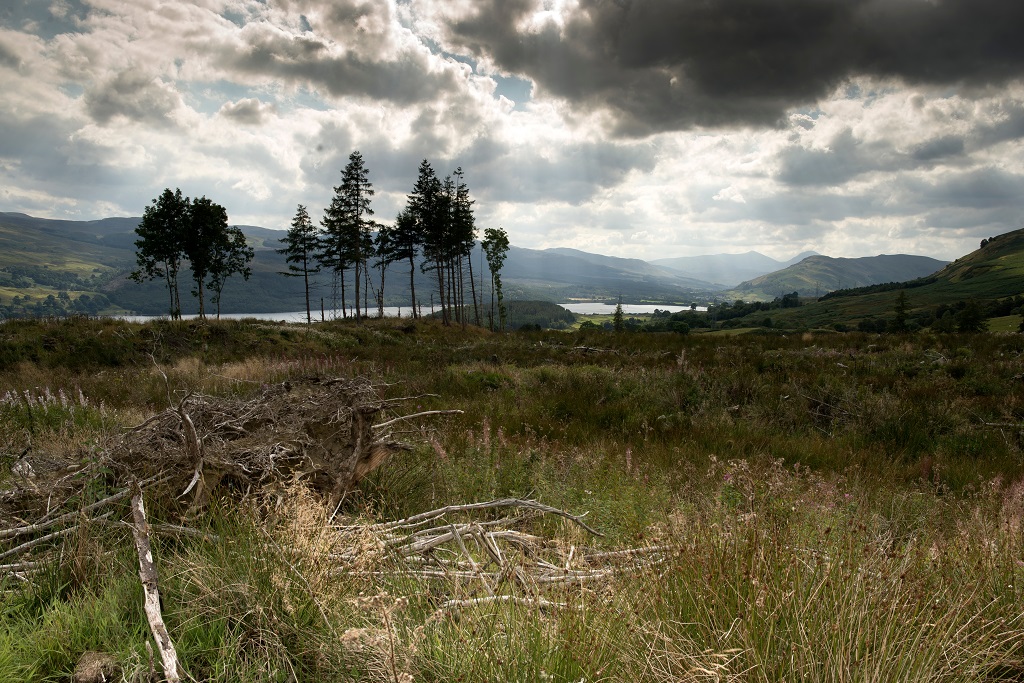
More protection wanted for Scottish landscapes
Scots want their scenic landscapes to be better protected.
That’s the result of a survey commissioned by conservation charity the National Trust for Scotland, which reveals overwhelming support for greater measures to protect Scotland’s best scenery.
The online survey of a sample of 1,229 people representative of Scotland’s population by age and gender was commissioned by the Trust from Mark Diffley Consultancy and Research to mark four decades of National Scenic Areas.
National Scenic Areas (NSAs) were first identified by the then Countryside Commission for Scotland in 1978. This followed publication of Highland Landscape by WH Murray commissioned by the National Trust for Scotland in 1962 which was the first national assessment of Scotland’s most scenic areas.
It came from a strong desire to protect the beauty of Scotland’s landscape and enable ‘economic’ and ‘amenity’ factors to be weighed evenly on the scales.
Among the findings of the survey are:
95% strongly/tend to agree that scenic areas are vital for tourism;
91% strongly/tend to agree that scenic landscapes make them proud to live in Scotland;
92% strongly/tend to agree that there should be restrictions on large-scale industrial development in Scotland’s most important landscapes;
84% strongly/tend to agree that the planning system should include more measures to protect National Scenic Areas
This is a strong consensus voice. Location, social background, age and gender made virtually no difference to the opinions expressed through the survey.

The old vintage brick bridge crossing river in Sligachan, Isle of Skye
It was also clear that respondents were unaware of or confused by the many different designations intended to protect landscapes in Scotland: for example, 88% were ‘definitely aware’ of National Parks whereas the percentage for National Scenic Areas was only 20% and 23% for Wild Land Areas.
When asked whether “most new development in the countryside is having a positive impact on Scotland’s scenic landscapes,” less than a quarter (23%) of respondents agreed, with 29% neutral, and 33% disagreeing. This suggests there is opportunity – and a need – for better planning and design to ensure the sustainable development of our landscapes.
The National Trust for Scotland’s head of conservation and policy, Stuart Brooks said: ‘While the social and economic situation and types of pressure have changed since 1978, it’s abundantly clear that one thing has been constant: the people of Scotland’s determination to see the landscapes they love properly protected.
‘It’s been 40 years since National Scenic Areas were established, and up to this point they have been largely effective.
‘Their amenity value has grown enormously within that time to the point where they are key economic drivers for Scotland. This is bringing wealth and opportunity to rural communities – whether as places to live or drawing visitors from around the world.
‘Technological advances to produce and distribute clean energy to help combat climate change is necessary but presents new challenges to protecting our landscapes and this is a concern for people as demonstrated through this poll.
‘There’s an immediate opportunity through the Planning Bill currently before Parliament to ensure our National Scenic Areas and Wild Land Areas are future proofed to ensure they continue to protect the beauty of our landscape and support our economy and communities.
‘Let’s also look beyond the highlands and begin a discussion about the value of landscapes everywhere and the role their stewardship can play in the health and prosperity of our nation.’

The remnants of logging in forestry land on the banks of Loch Tay
The director of The Association for the Protection of Rural Scotland (APRS), John Mayhew said: ‘Scotland’s National Scenic Areas are the jewels in our nation’s crown. They represent the finest examples of the types of landscape for which Scotland is renowned around the world.
‘When well-managed, as they have been in Galloway, they can enhance the special qualities of the local landscape, support the local economy and inspire pride and passion amongst local people. They have played a key role over the years in resisting inappropriate development, such as the Harris superquarry.
‘This new research is welcome, as it shows how much the people of Scotland value the beauty of their landscapes. It is also timely, as this year we celebrate 40 years since the Scotland’s Scenic Heritage report which led to the NSAs. But most of our NSAs would benefit from more funding, better publicity and more positive management.
‘Now that we have seen once more how much people value them, we urge all concerned to redouble their efforts to look after these most special parts of Scotland.’
Rachel Tennant, the chair of Landscape Institute Scotland said: ‘The Landscape Institute Scotland welcomes the results of the poll by the National Trust for Scotland as a contribution to a national discussion on the value of all landscapes. Scotland is a signatory, through the UK, to the European Landscape Convention which upholds that all landscapes matter as they impact on and shape people’s lives.
‘We believe in a united approach to landscape, place and change through good design, stewardship and promotion to balance community, economic, cultural and biodiversity needs.
‘We welcome further discussion to ensure that all Scotland’s landscapes are embedded in our communities to safeguard their continuing value and benefit to the health, wellbeing and prosperity of our nation.’
TAGS

